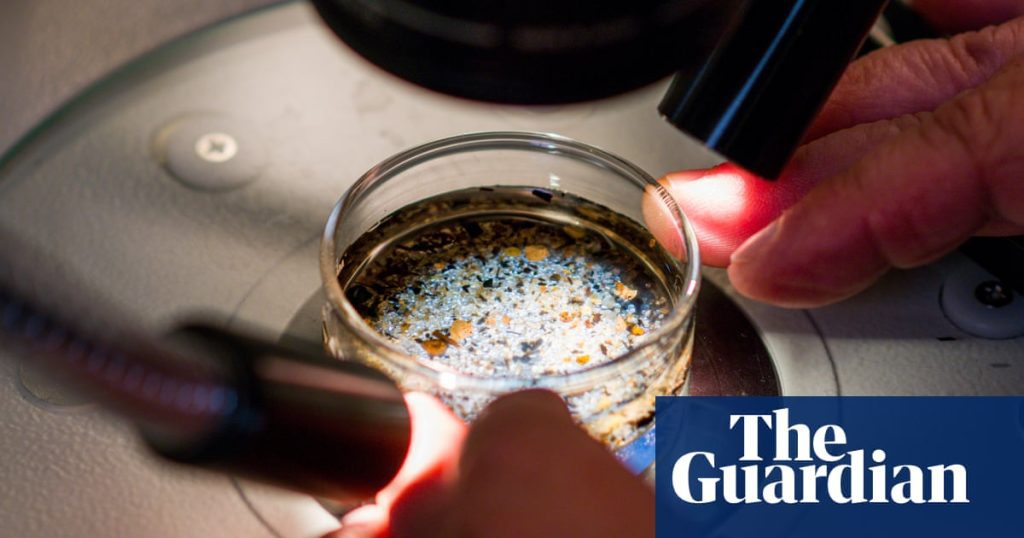Microplastics Found in Human Ovaries
For the first time, microplastics have been detected in human ovary follicular fluid, prompting new concerns regarding the potential effects of these widespread and toxic materials on women’s fertility. This discovery may lead to significant implications for reproductive health.
Research Findings
The recent peer-reviewed study published in Ecotoxicology and Environmental Safety explored the presence of microplastics in the follicular fluid of 18 women undergoing reproductive assistance at a clinic in Salerno, Italy, discovering them in 14 samples.
Implications for Reproductive Health
Follicular fluid plays a crucial role by supplying nutrients and biochemical signals essential for egg development. The contamination of this process with plastic particles raises concerns about potential effects on fertility, hormonal regulation, and overall reproductive wellbeing, according to the authors of the study. Luigi Montano, a researcher at the University of Rome and lead author, expressed that these findings are both significant and alarming.
Contaminant Concerns
The study serves as a critical warning about how these emerging contaminants can intrude upon the female reproductive system. Microplastics have been found in various environments, from the peaks of Mt. Everest to the depths of the Mariana Trench, showcasing their pervasive nature. Recent research has identified their presence in all tested meat and produce items, with food being a primary exposure route.
Health Risks
Microplastics are particularly hazardous because they can carry a variety of harmful chemicals, including toxic substances such as PFAS, bisphenol, and phthalates, which are linked to cancer and hormonal disturbances. These microplastics have also been detected in various parts of the human body, including the ability to penetrate the brain and placental barriers.
Research Implications for Men and Women
Montano’s research is part of a larger initiative, and he has discovered microplastics in human urine and semen, analyzing their effects on fertility. He suspects that these particles may contribute to declining sperm counts and quality. While men may be more vulnerable to these toxic effects, there is evidence suggesting that women could also be affected.
Future Research Directions
Further investigation is needed to determine the specific levels of microplastic exposure that could adversely impact reproductive health. Researchers are also exploring strategies to reduce microplastic exposure through changes in diet and kitchen practices. Experts recommend minimizing plastic usage in food preparation and storage, as well as avoiding the heating of plastics, to help mitigate these health risks.



